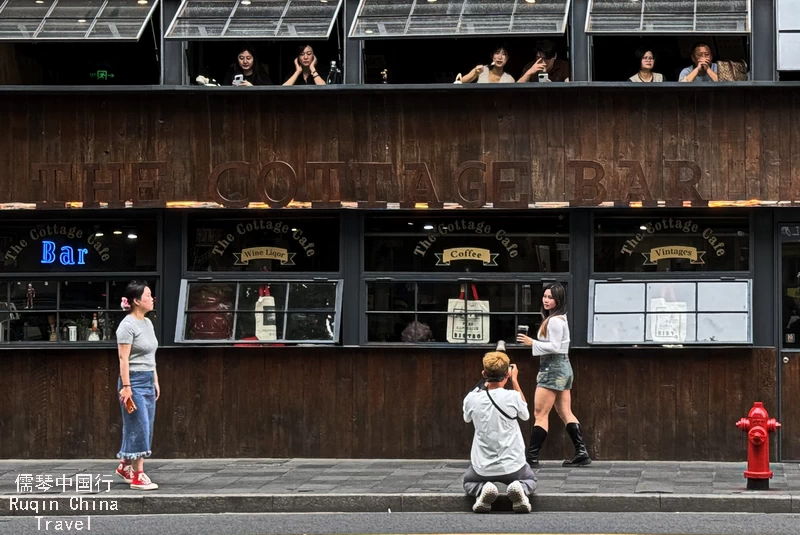Earlier this week, I found myself wandering through the tree-lined streets of Shanghai’s Former French Concession. My starting point was the iconic Wukang Mansion (武康大楼), a building shaped like the prow of a grand ship.
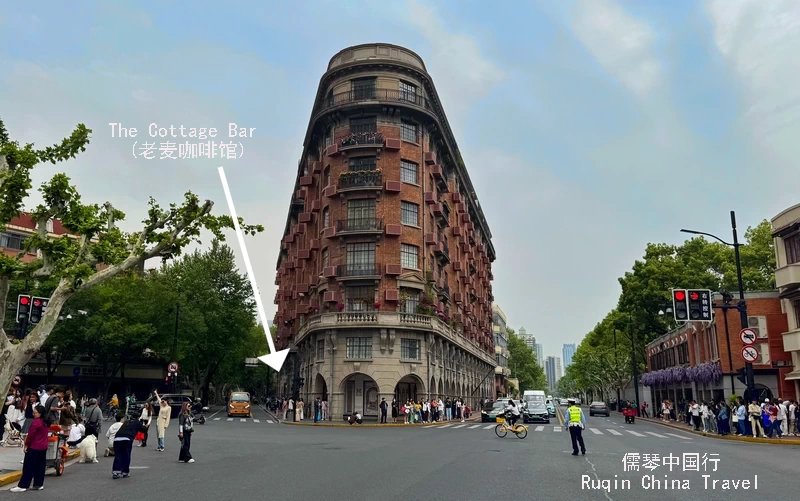
Nestled at 1850 Middle Huaihai Road in Shanghai’s Xuhui District, Wukang Mansion rises where five historic streets — Wukang, Xingguo, Huaihai, Tianping, and Yuqing — gently meet. As Shanghai’s very first veranda-style apartment building, it stands as a graceful witness to the city’s layered past.
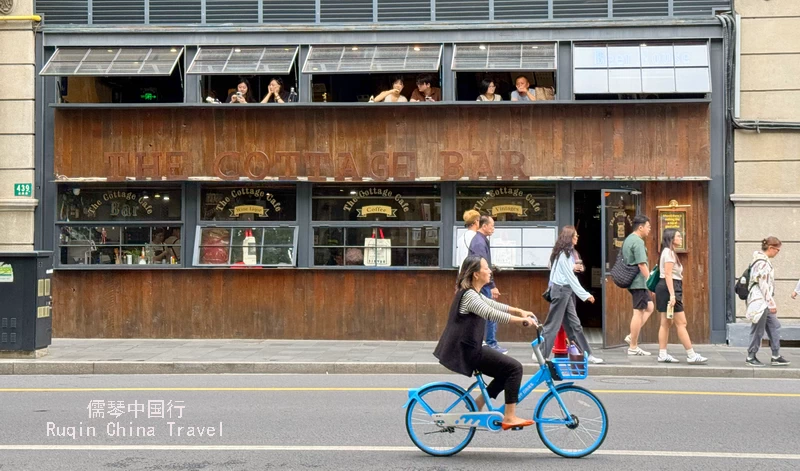
As I stood beneath its shadow, watching clusters of people lift their cameras towards its storied facade, I felt a quiet pull. Naturally, I followed the flow and soon found myself at The Cottage Bar (老麦咖啡馆), tucked neatly at the base of this historical giant.
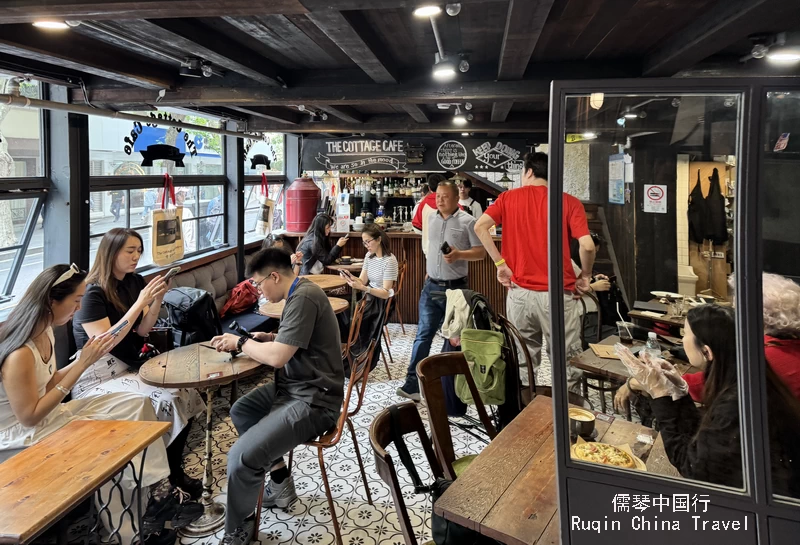
Stepping inside, I felt like I had crossed into another world. The outside city’s buzz faded into a soft murmur. Faded walls, and the low hum of “The Drinking Song” from La Traviata filled the air. Every corner spoke of stories.
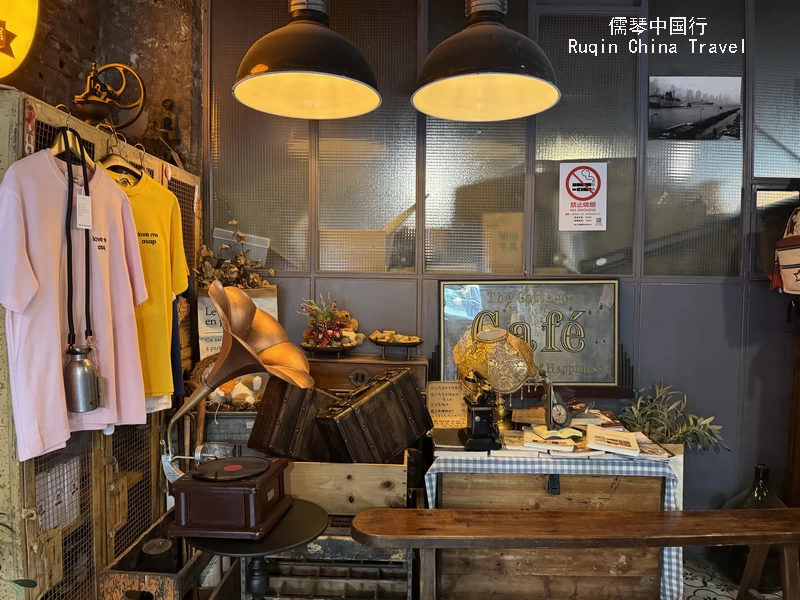
Additionally, the decor — much of it sourced from Europe — whispered tales of distant lands. As it turned out, the owner, affectionately known as Lao Mai, had traveled across more than 40 countries before finally bringing his dreams home to Shanghai.
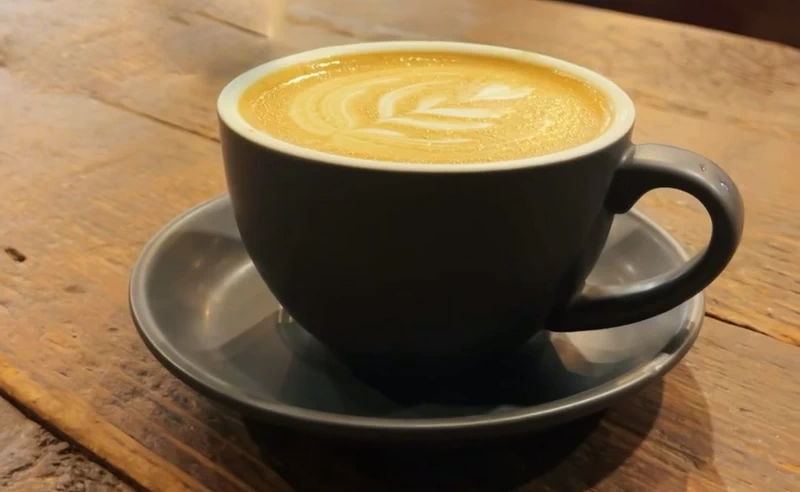
The menu reflected this same spirit of adventure. I ordered their signature Lao Mai coffee, infused with ginger, sparkling water, and a slice of Mont Blanc chestnut cake. Though the price was steep — over 120 yuan — it felt like paying for a ticket to a slower, more romantic version of the world. Moreover, the floor crunched underfoot with tiny stones, a deliberate design choice that made every step feel like a departure from the everyday hustle.
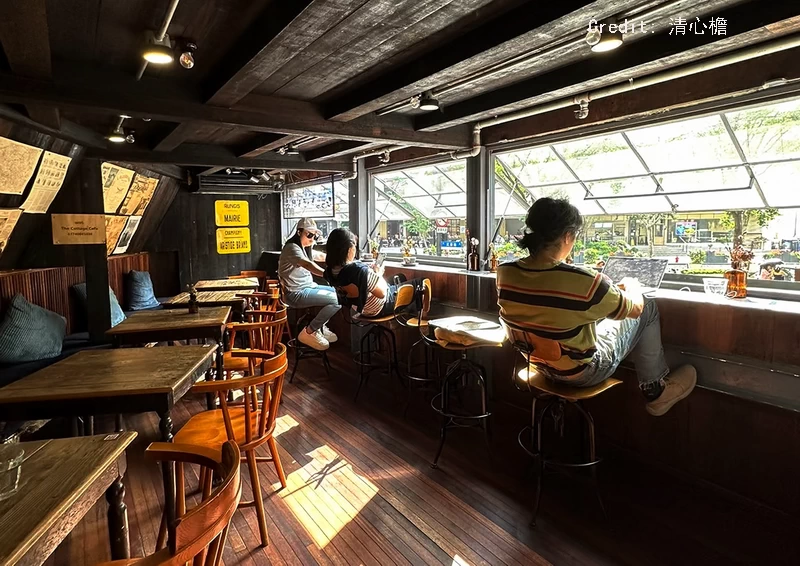
The Cottage Bar sprawls across two cozy floors. Upstairs, a triangular attic opens up with high stools lined against broad windows. Sitting there, coffee in hand, I watched the lively world outside. Yet, from inside, everything moved in slow motion. Some typed away on laptops, while others simply gazed out. Meanwhile, the space offered simple meals beyond coffee and cake, perfect for whiling away an afternoon. Here, a simple latte, subtly spiced with ginger, left a warm, lingering memory.
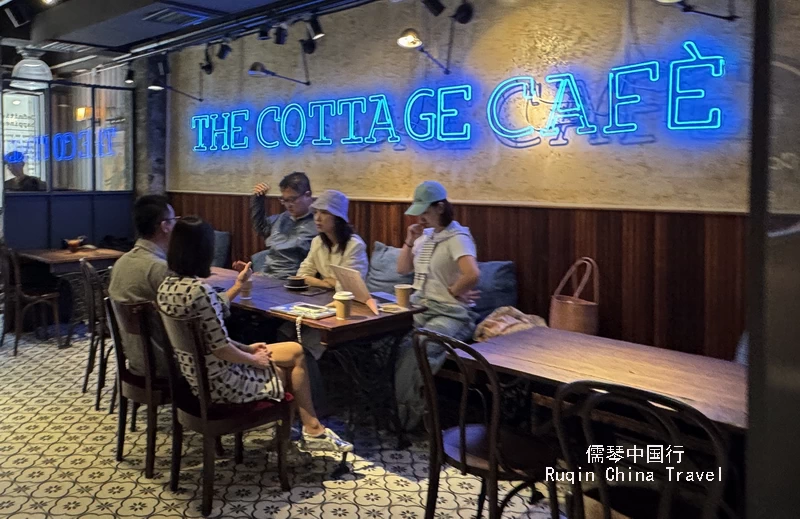
Wukang Mansion itself holds a history just as rich. Designed in 1924 by the Hungarian-Slovak architect László Hudec, it became Shanghai’s first veranda-style building. Originally called the Normandie Apartments, it borrowed inspiration from the French seaside region. Interestingly, when opening his cafe, Lao Mai even traveled to Normandy, France, to gather vintage tables and coffee tins now scattered lovingly around the shop.
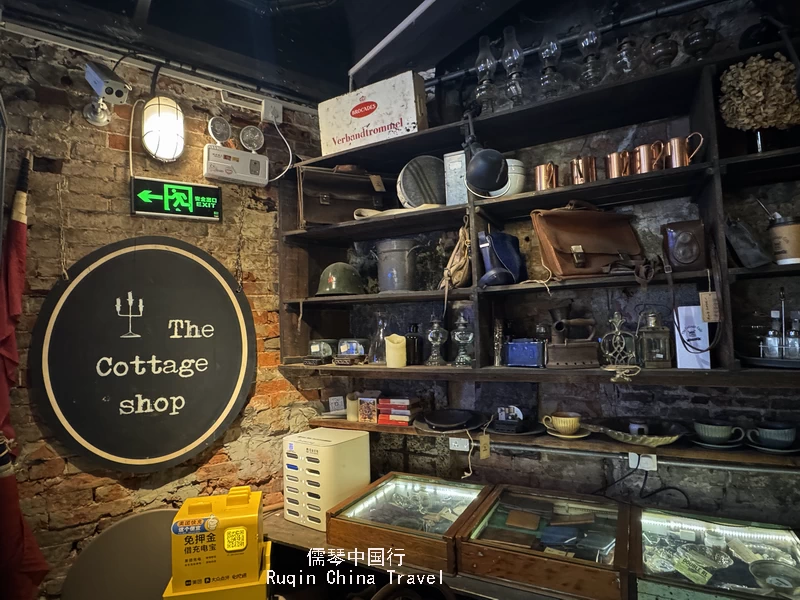
Today, Wukang Mansion remains one of the world’s last surviving “ship-shaped” buildings. Over time, it has transformed from a quiet landmark into one of Shanghai’s must-visit icons. By 2018 and 2019, as Lao Mai recalled during a recent forum, cafes started springing up like wildflowers around it. Competition grew fierce. However, he welcomed it, believing that vibrant clusters created real cultural scenes.
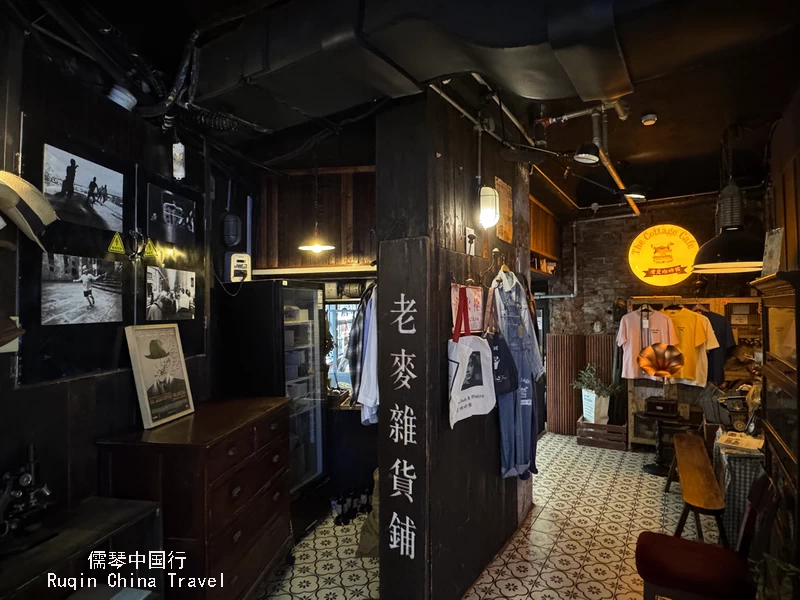
Sitting by the window, I found myself caught in a small moment of wonder. People bustled below, snapping photos, laughing, and living. I smiled, realizing something simple but profound: sometimes, while you sit by the window watching the world, you unknowingly become part of someone else’s view.
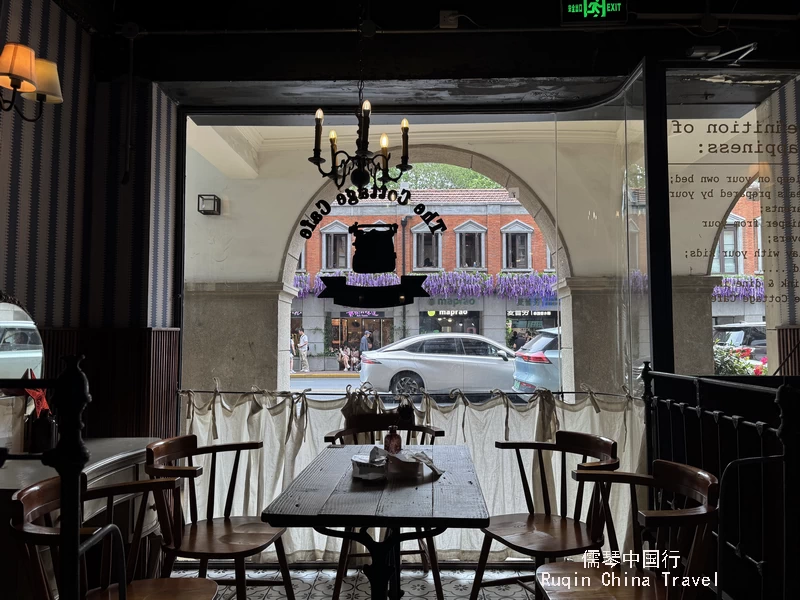
If you ever wander along Wukang Road, and if you, like me, have a soft spot for places that cradle time and memory, take a moment to step into The Cottage Bar. Rest your feet, sip something warm, and let Shanghai’s layered past gently unfold around you.

